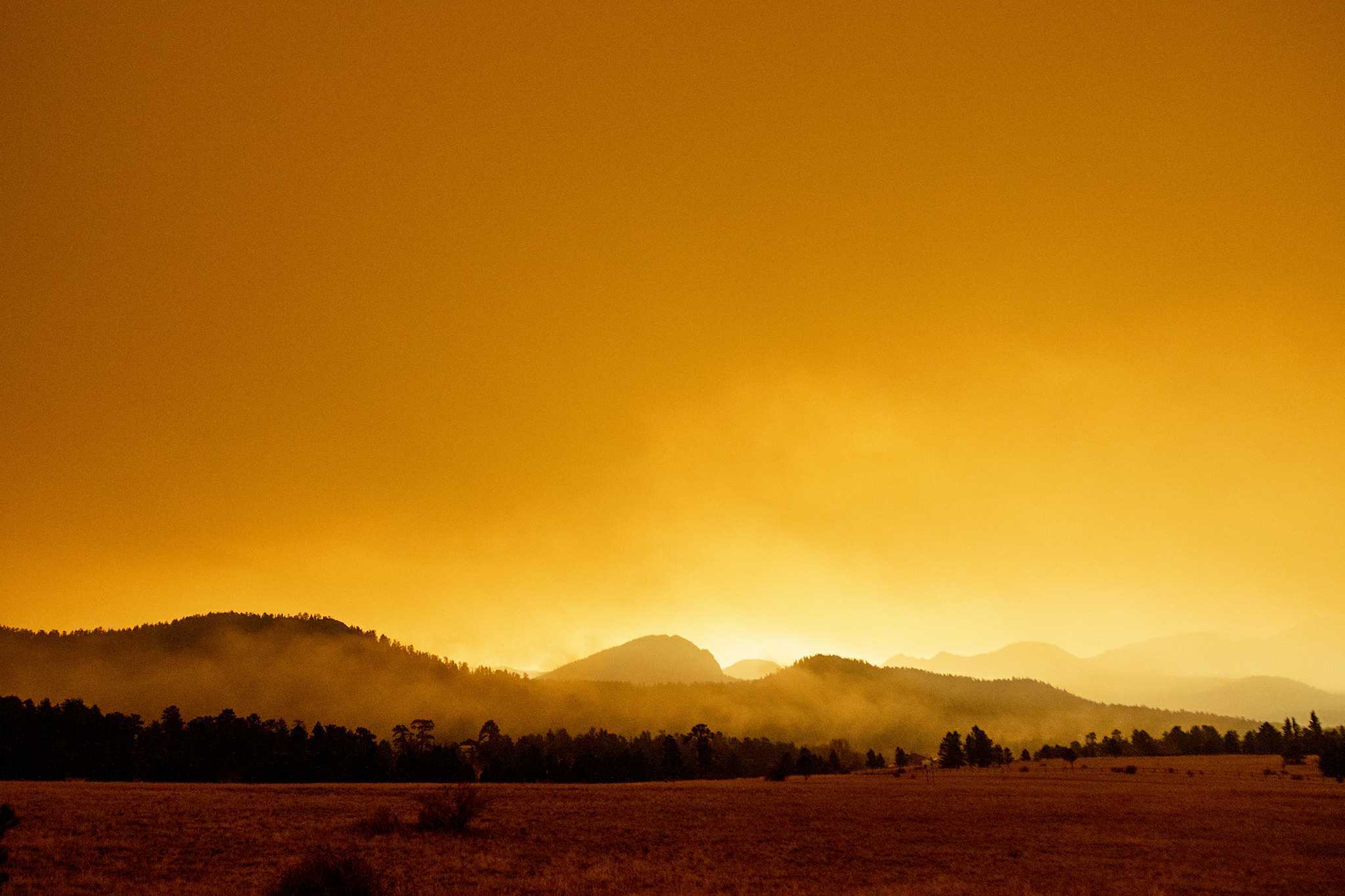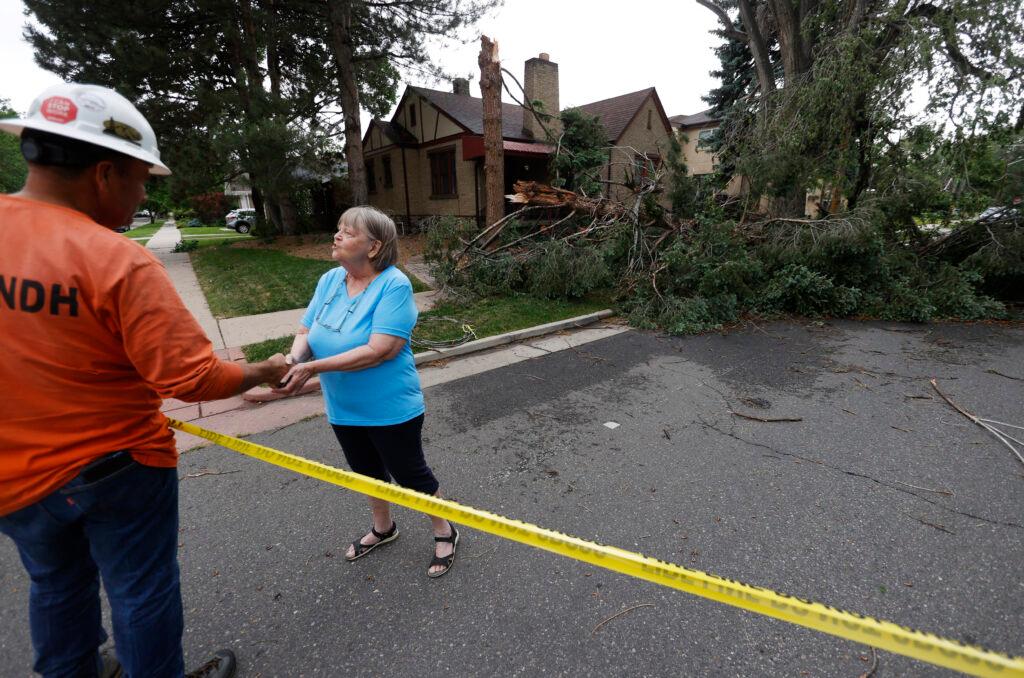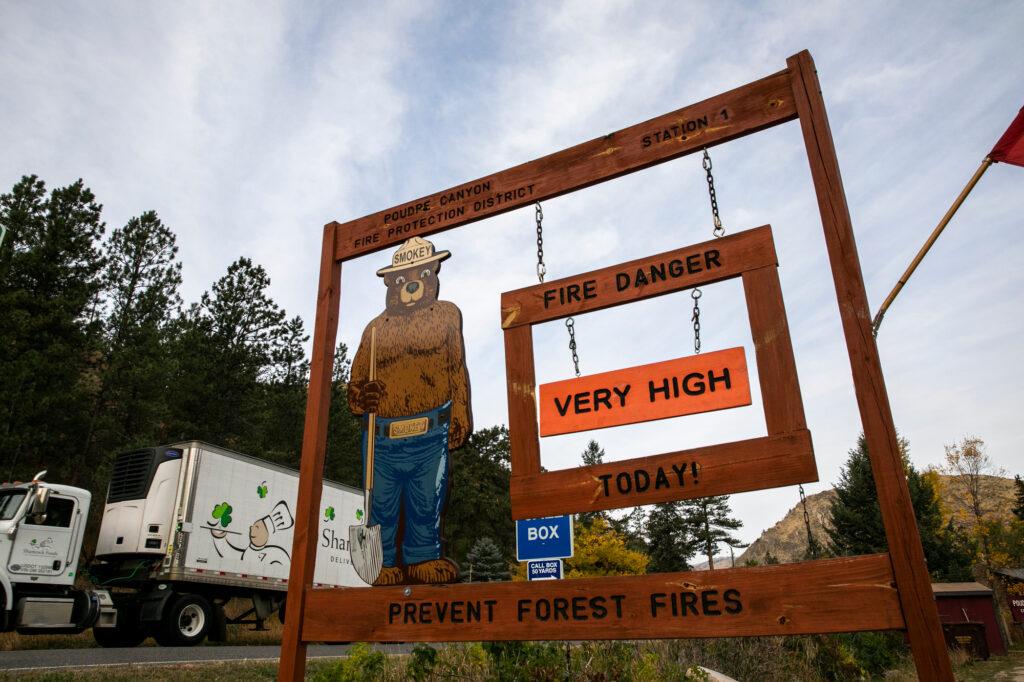
High temperatures and little rainfall meant 2020 was Colorado’s second-driest and seventh-warmest year ever recorded, according to new national data released by the National Oceanic and Atmospheric Administration.
The conditions kickstarted a drought that reached every corner of the state and is likely to last through spring. Rising temperatures over the last decade also set the stage for dramatic and destructive events, including some of the largest wildfires the state had ever seen.
The year was also marked by bizarre weather events, including the state’s first modern derecho in June and a swing from 100-plus degree weather to snowfall in September that tied national records. That temperature swing could be attributed to climate change, as hot conditions extended further than ever for the state.
“This year took things to a new level,” said state climatologist Russ Schumacher. “When a dry year happens, when it's also hot, it just really puts a lot more stress on everything.”

It didn’t look as though Colorado was headed in that direction at the beginning of the year. Snowfall had accumulated close to average levels throughout the winter. In Boulder, snow levels surpassed the average seasonal amount by more than 60 inches, according to assistant state climatologist Becky Bolinger.
That run ended in April 2020 and was replaced by dry and warm weather that only worsened throughout the year. There were barely any monsoon rains in the Western Slope through the summer, Schumacher said. August was the hottest on record in the state, according to NOAA data.
A couple of strong storms rolled through Colorado during the summer, including a thunderstorm in the Eastern Plains that pushed gusts of up to 112 miles per hour, which led to widespread damage, Schumacher said.
Those storms were largely outlier events, and did little to increase Colorado’s overall precipitation levels, said Greg Hanson, the warning coordination meteorologist for the National Weather Service in Boulder.
“The climate overall for the last year was warm and dry,” said Hanson. “And yet we still had these notable storm events ... with high winds and heavy rainfall. But they're very isolated, short-lived.”
About 12.2 inches of precipitation was recorded across Colorado in 2020, almost six inches below the average, Schumacher said. It was one of the driest years for several cities, including Denver, which received only 8.74 inches of precipitation, making it the ninth-driest year for the capital on record.

The driest year recorded for Colorado was 2002, when a scant 11.9 inches of precipitation fell across the state.
“It was more extreme on the western slope,” Schumacher said. Western Colorado also had its second-driest year on record.
The extended drought conditions exacerbated the growth of the most intense fires in the state, including the Cameron Peak and East Troublesome fires, which raged outside of the usual wildfire season.
It wasn’t just the dry and warm climate that helped spread those wildfires, but it was a major factor. Though snowpack has been lackluster so far this year, there is still plenty of winter left — along with hotter summers to come.
“It's pretty likely that the drought is going to persist at least into the spring,” he said. “If we continue to see dry conditions, and especially if we don't get a wet spring, then things are going to be in pretty bad shape as we get to next summer.”









